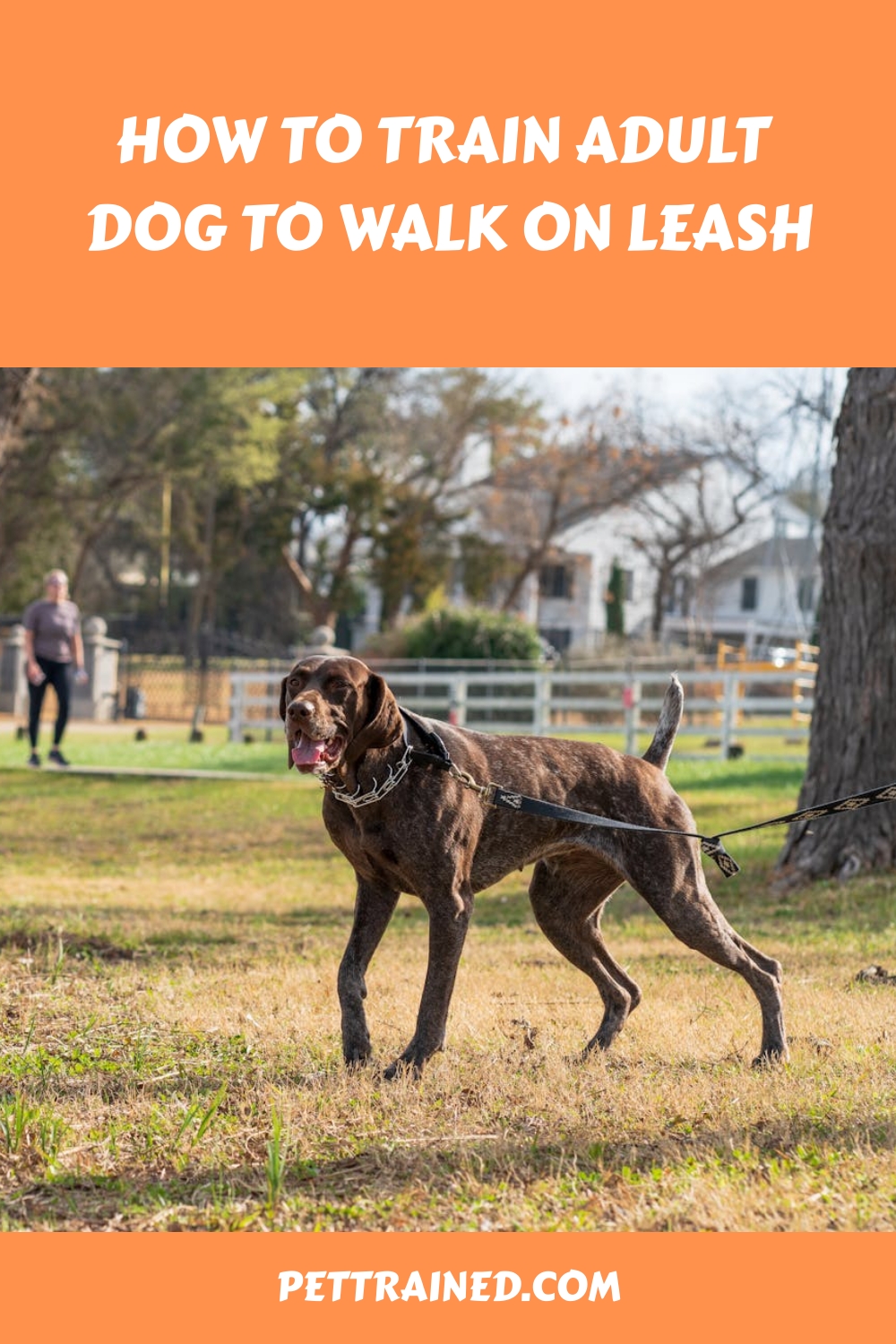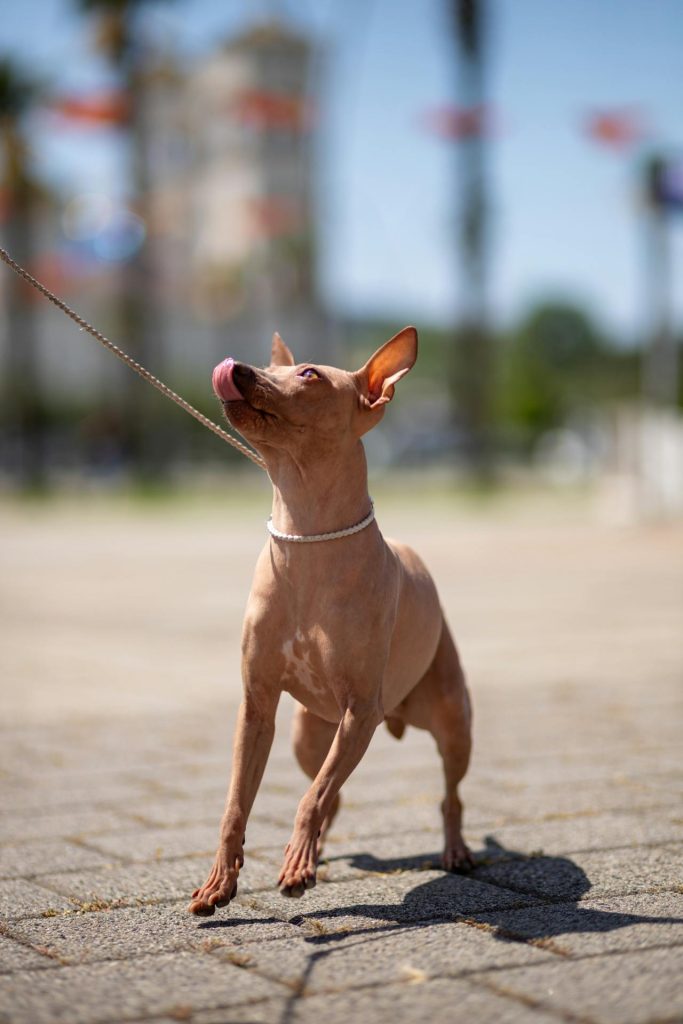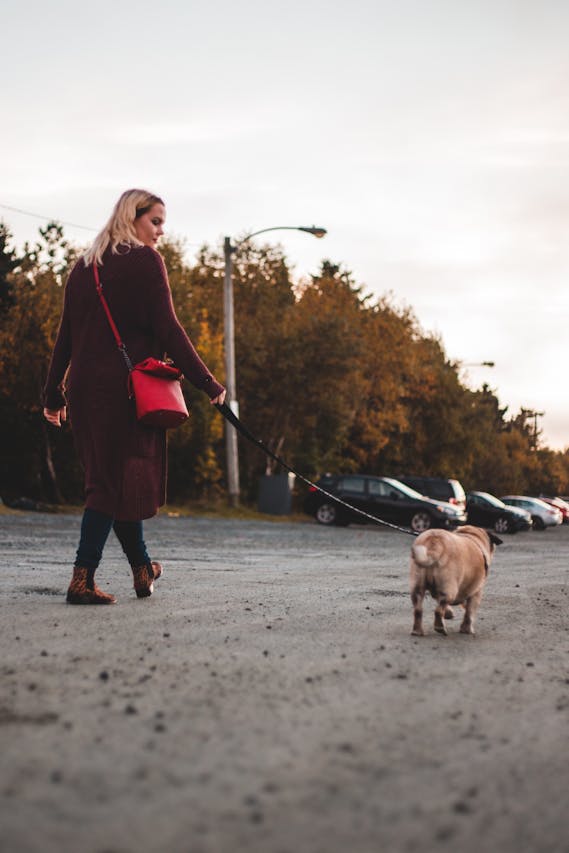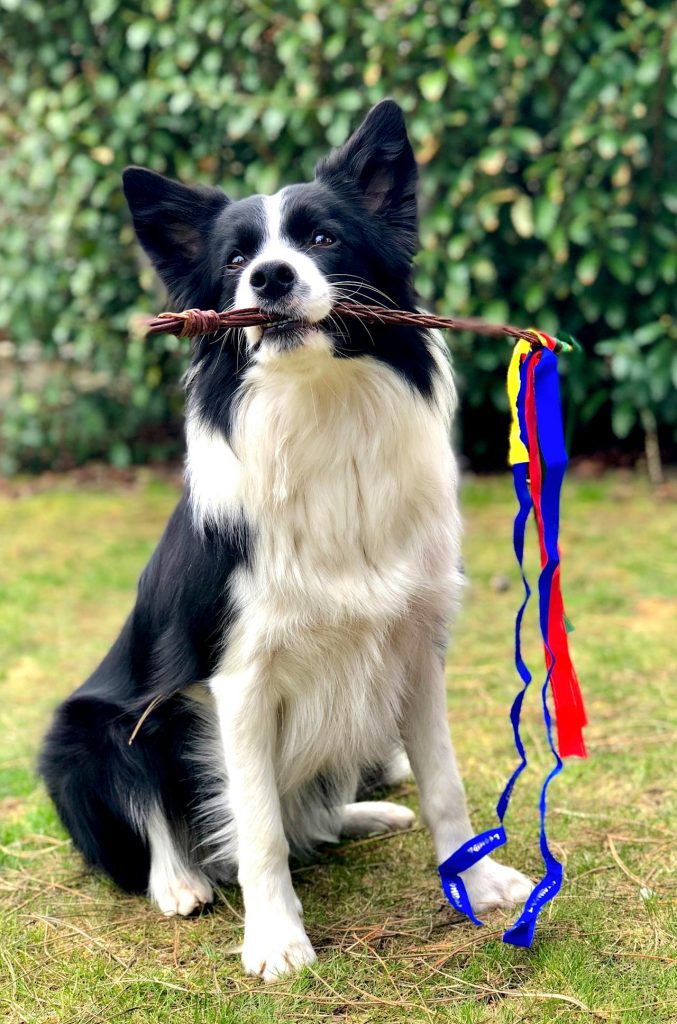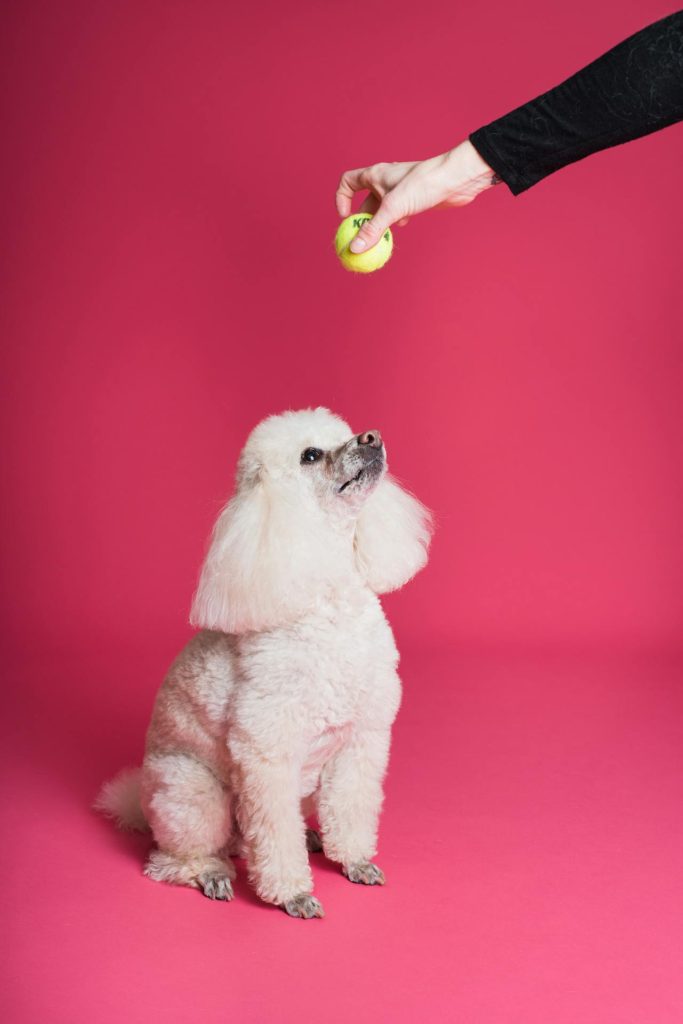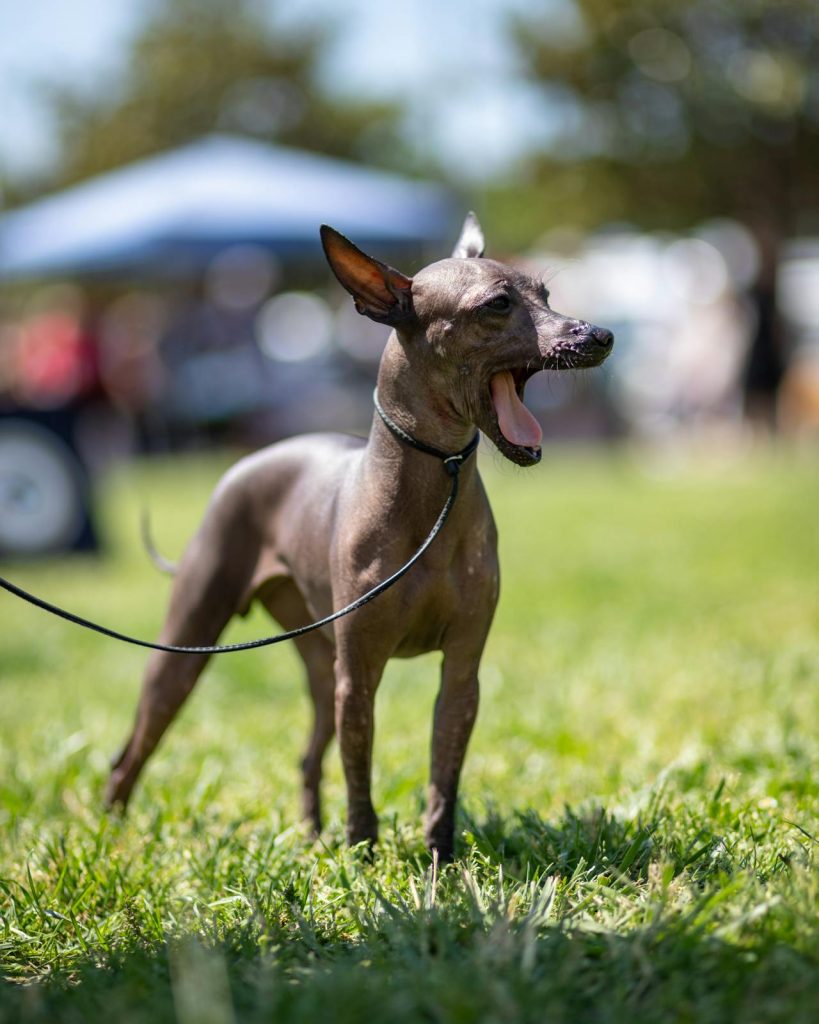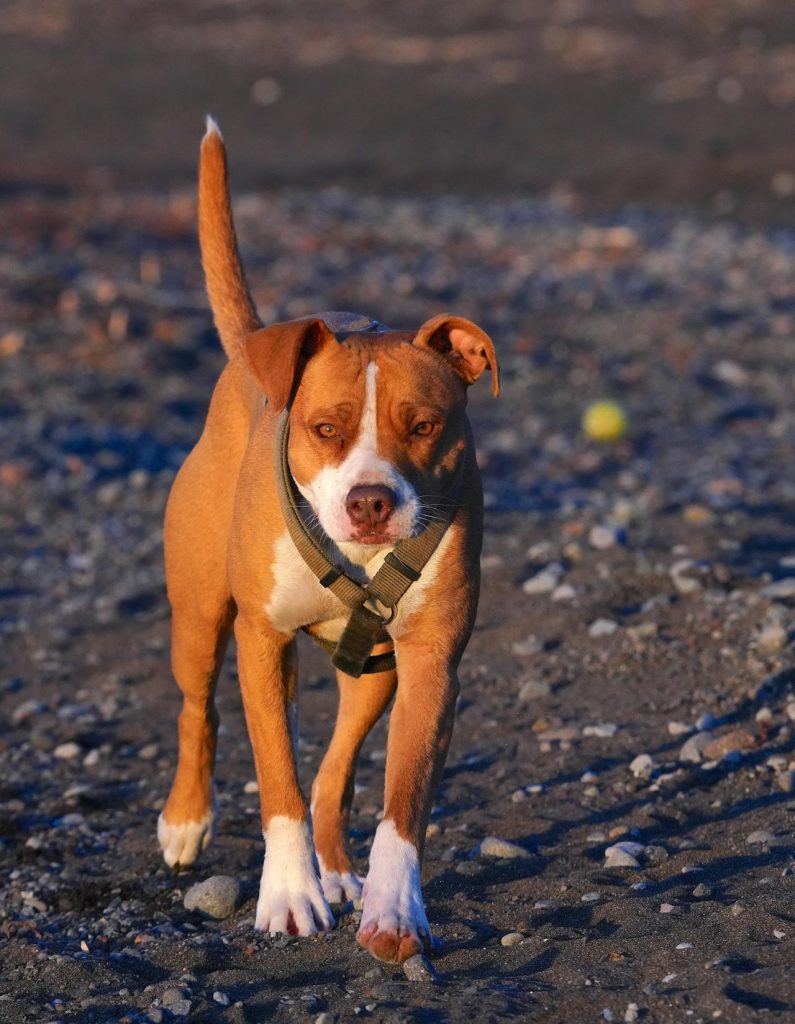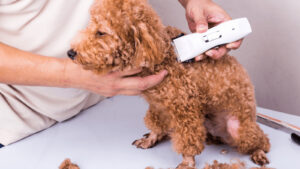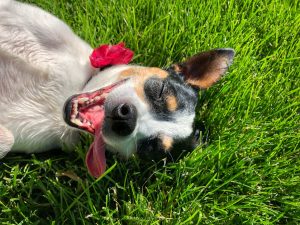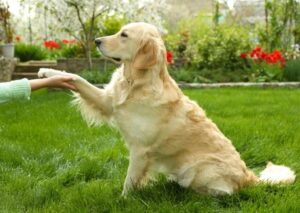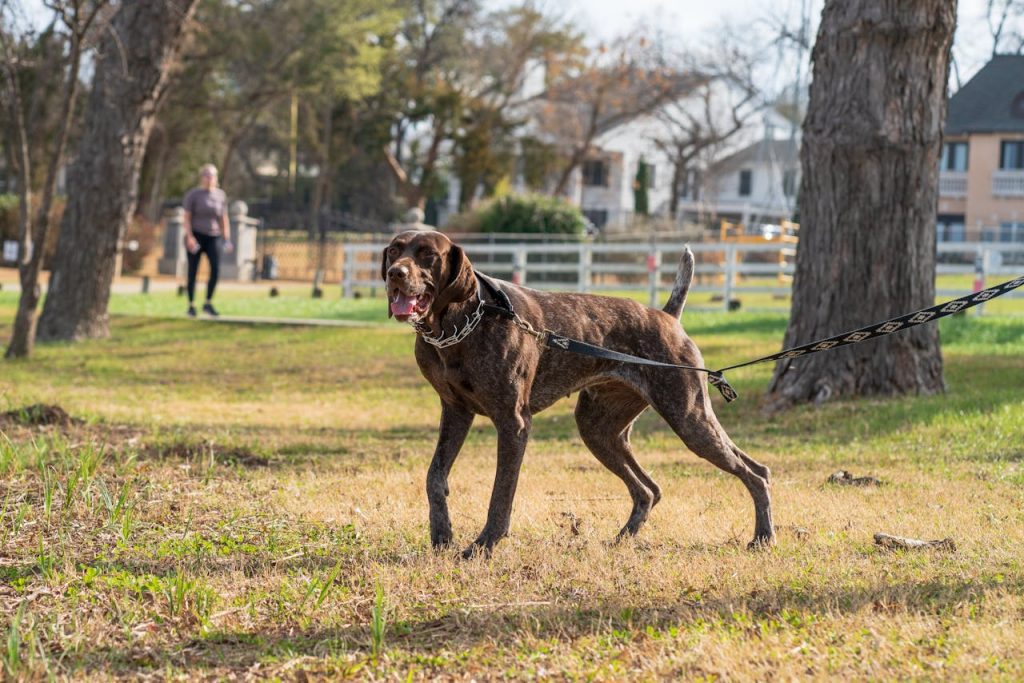
To train your adult dog to walk on a leash, start by choosing a durable, comfortable leash, ideally 4 to 6 feet long. Use positive reinforcement with high-value treats, rewarding your dog immediately for good behavior.
Begin training indoors in a calm, distraction-free environment and gradually progress to quiet outdoor areas. Consistent, short sessions of 10-15 minutes are key.
Stay patient, calmly correcting pulling or distractions, and regularly use commands like ‘focus’ or ‘look’. Remember, consistency and patience are essential.
By incorporating these steps, you’ll help your dog enjoy pleasant walks and enhance your training success. Want more details? Keep exploring these techniques.
Table of Contents
Key Takeaways
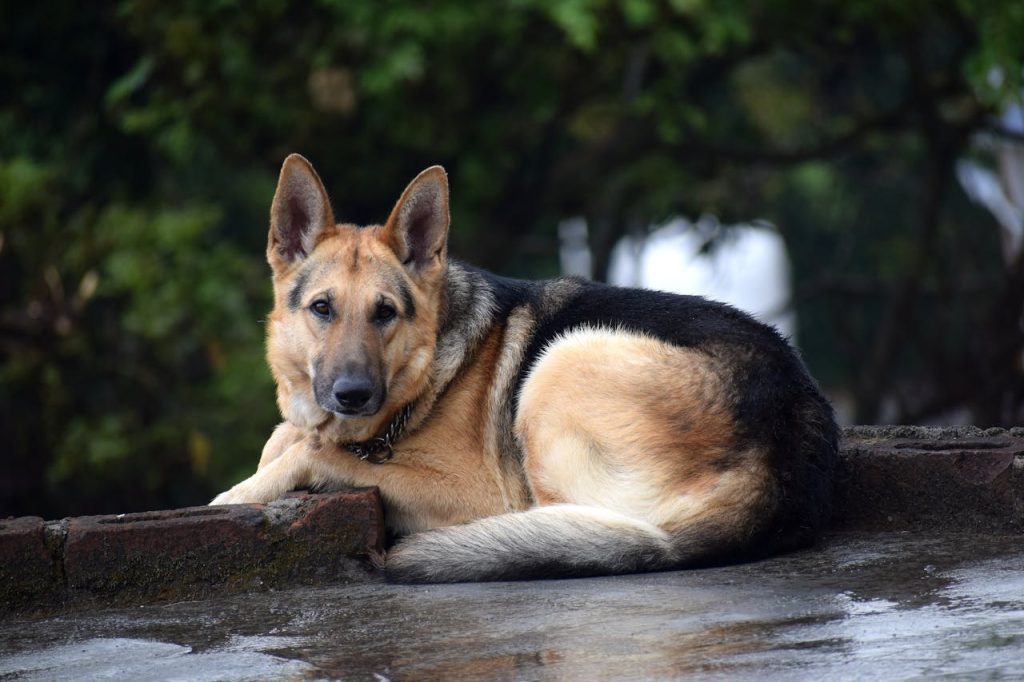
- Start leash training indoors in a distraction-free environment to build initial comfort.
- Use positive reinforcement with treats and praise immediately after the dog exhibits correct leash behavior.
- Gradually introduce outdoor walks in quiet, familiar areas to ease the dog into new surroundings.
- Maintain short, consistent training sessions of 10-15 minutes to keep the dog engaged.
Choosing the Right Leash
When choosing the right leash, prioritize durability and comfort to guarantee both you and your dog have a pleasant walking experience.
This post contains affiliate links. However all the information provided on this site are my own honest opinions. See more in Disclaimer.
Start by considering different leash types. Standard flat leashes are great for general use, offering a solid grip and control.
Retractable leashes provide your dog more freedom to explore but require diligent supervision to avoid tangles and potential injuries.
If you’re looking for added control, consider a training leash with multiple attachment points. This can be particularly useful for larger or more energetic dogs.
Leash length considerations are essential in selecting the appropriate type. Standard leashes typically range from 4 to 6 feet, which is ideal for most walking scenarios, offering a balance between freedom and control.
Shorter leashes, around 2 to 3 feet, are excellent for training sessions or crowded areas where you need to keep your dog close.
On the other hand, longer leashes, extending up to 30 feet, are better suited for open spaces where your dog can roam without getting too far away.
Also See:
Positive Reinforcement
To train your adult dog to walk on a leash, use positive reinforcement by rewarding good behavior consistently.
Offer treats wisely, ensuring they’re given immediately after your dog responds correctly to commands.
Maintain consistent training sessions to reinforce learning and build a routine.
Reward Good Behavior
Positive reinforcement is essential in leash training because it encourages your dog to repeat desired behaviors. When your dog walks calmly by your side, it’s vital to acknowledge and reward this behavior.
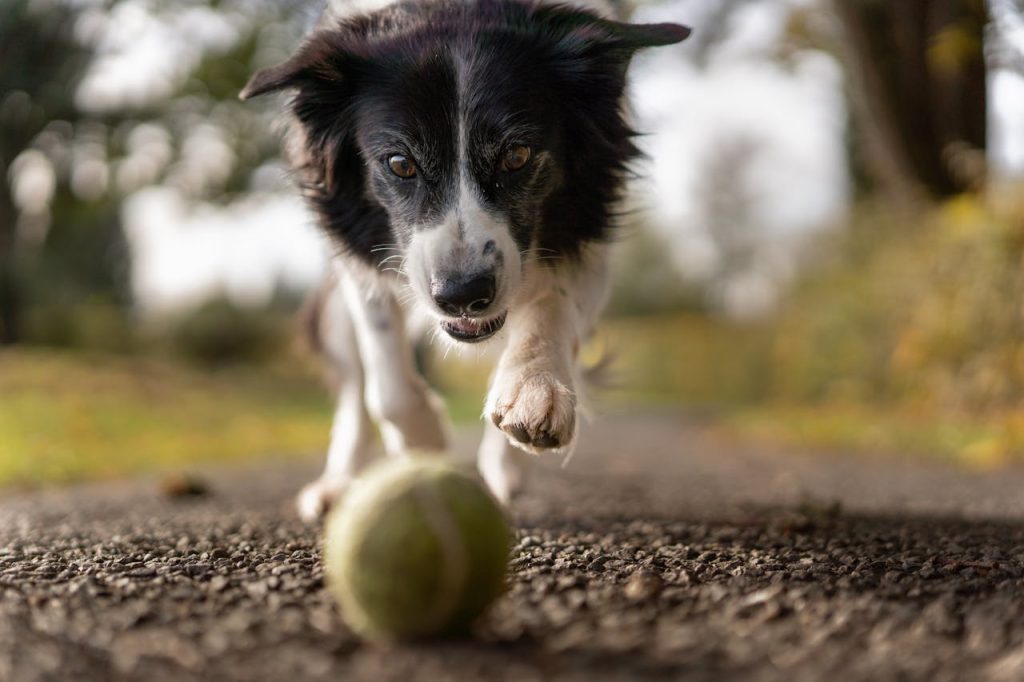
One effective method is clicker training. This involves using a small, handheld device that makes a distinct click sound. When your dog walks properly, click the device and immediately follow up with a reward.
The clicker serves as a clear marker that the behavior they’re performing is correct. Understanding leash etiquette is another important aspect. Your dog should walk without pulling or darting off in different directions.
Each time your dog maintains a loose leash, offer praise and a click. Consistency is key, so make sure to click and reward every time your dog exhibits the desired behavior.
Over time, your dog will associate walking nicely on the leash with positive outcomes, making the behavior more likely to continue.
Use Treats Wisely
Utilize treats strategically to reinforce good leash behavior and maximize your dog’s learning experience. First, choose high-value treat types that your dog absolutely loves.
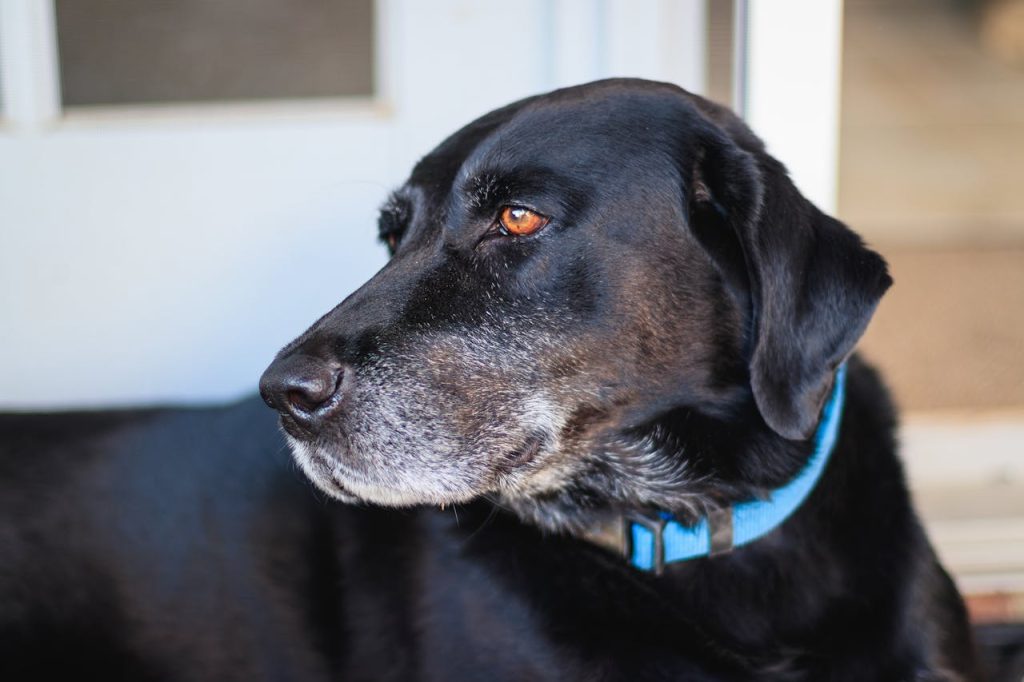
Soft, small, and smelly treats often work best as they’re easy to consume quickly, allowing you to maintain the training flow.
Some great options include small pieces of chicken, cheese, or commercial dog treats specifically designed for training. Timing importance can’t be overstated when using treats for leash training.
Offer the treat immediately when your dog exhibits the desired behavior, such as walking calmly beside you or responding to a cue like ‘heel.’
This immediate reward helps your dog associate the action with the positive outcome, reinforcing the behavior effectively.
To avoid overfeeding and guarantee continued motivation, break treats into tiny pieces. This way, your dog will still receive a reward without excessive caloric intake.
Also, vary the treat types occasionally to keep your dog engaged and excited about training sessions.
Consistent Training Sessions
Ensuring your training sessions are consistent and positive is essential for your dog’s successful leash training. Start by establishing a regular schedule for your training sessions.
Aim for short, focused periods rather than lengthy marathons.
Ideally, each training duration should be around 10-15 minutes to maintain your dog’s attention and interest. Overextending these sessions can lead to frustration for both you and your dog, which isn’t conducive to learning.
In terms of session frequency, practice leash training at least once or twice a day. Consistency is key, so make sure to stick to your routine.
Regular, frequent sessions help reinforce the desired behavior and make the learning process quicker and more effective.
During each session, use positive reinforcement to encourage good behavior. Reward your dog with treats, praise, or playtime whenever they walk calmly on the leash.
This not only makes the training enjoyable for your dog but also builds a strong association between walking on the leash and positive outcomes.
Start Indoors
Starting indoors helps your dog become comfortable with the leash in a controlled, distraction-free environment.
Trending in Dogs:
Begin by letting your dog wear the leash inside the house during short, supervised sessions.
This type of indoor environment is ideal for leash acclimation, allowing your dog to get used to the feel of the leash without external distractions.
First, attach the leash to your dog’s collar and let them drag it around for a few minutes. This will help them understand that the leash isn’t something to fear.
Next, pick up the leash and walk around the room, encouraging your dog to follow you. Use treats and positive reinforcement to reward your dog when they stay by your side or respond to gentle tugs on the leash.
Keep these sessions short, around 5-10 minutes, to prevent overwhelming your dog. Gradually increase the duration as your dog becomes more comfortable.
Make sure to maintain a calm demeanor and speak in a soothing tone to reassure your dog. Consistency is key, so practice daily until your dog shows no signs of anxiety or resistance.
This foundation will make the shift to outdoor walks much smoother.
Gradual Outdoor Introduction
Once your dog is comfortable walking on a leash indoors, it’s time to gradually introduce them to the outdoor environment. Start by choosing a quiet, familiar area like your backyard or a calm, nearby park.
This helps in easing your dog into outdoor exploration without overwhelming them.
Begin with short sessions, around 5-10 minutes, and gradually increase the duration as your dog becomes more confident. Make sure to keep the leash loose and allow your dog to sniff and explore at their own pace.
Praise and reward them for staying calm and responsive to your commands.
Remember, this stage is essential for leash acclimation, so patience is key.
Here’s a simple table to guide your gradual introduction:
| Step | Action | Duration |
|---|---|---|
| 1 | Select a quiet area | 5-10 minutes |
| 2 | Use a loose leash | Gradual increase |
| 3 | Reward calm behavior | Consistently |
Handling Distractions
As your dog becomes more comfortable outdoors, you need to prepare for handling distractions that might come their way.
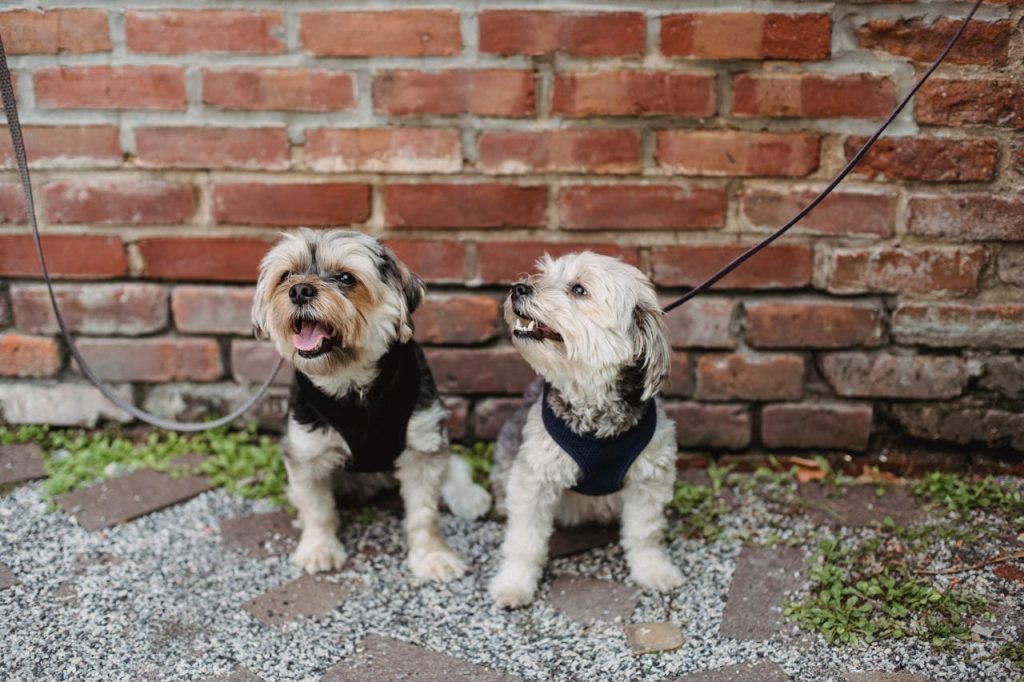
Whether it’s a passing car, another dog, or a tempting scent, distractions can challenge your dog’s leash etiquette. The key to effective distraction management is to stay vigilant and proactive.
Start by identifying common distractions in your walking area. When you spot a potential distraction, gently but firmly redirect your dog’s attention back to you.
Use treats or a favorite toy to make yourself more interesting than the distraction.
Command words like ‘focus’ or ‘look’ can be invaluable here. Practice these commands in a controlled environment before facing real-world distractions.
Maintain a calm demeanor and hold the leash with confidence. Your dog will sense your calmness and be more likely to follow your lead.
If your dog starts to pull or get overly excited, stop walking immediately. Wait for them to calm down before resuming the walk.
This teaches them that pulling leads to a stop, which encourages better leash etiquette.
Consistency and Patience
Consistency and patience are essential when training your adult dog to walk on a leash, as they create a stable learning environment and reinforce good behavior over time.
Start by establishing a regular routine. Walk your dog at the same times each day, using the same commands and routes to help them understand what’s expected.
This consistency helps your dog recognize and adhere to proper leash etiquette.
Pay close attention to your dog’s behavior signals. If your dog pulls on the leash or shows signs of distress, calmly correct the behavior and reward them when they follow your cues.
This reinforces positive behavior without causing confusion.
Always use the same correction methods and reward systems to avoid mixed signals. Patience is just as vital. Understand that learning leash etiquette won’t happen overnight.
Celebrate small victories and remain calm during setbacks. Dogs can sense frustration, which can hinder their progress. Maintain a positive attitude and give your dog the time they need to learn.
Advanced Techniques
To elevate your dog’s leash-walking skills, incorporate advanced techniques like directional changes and pace variations.
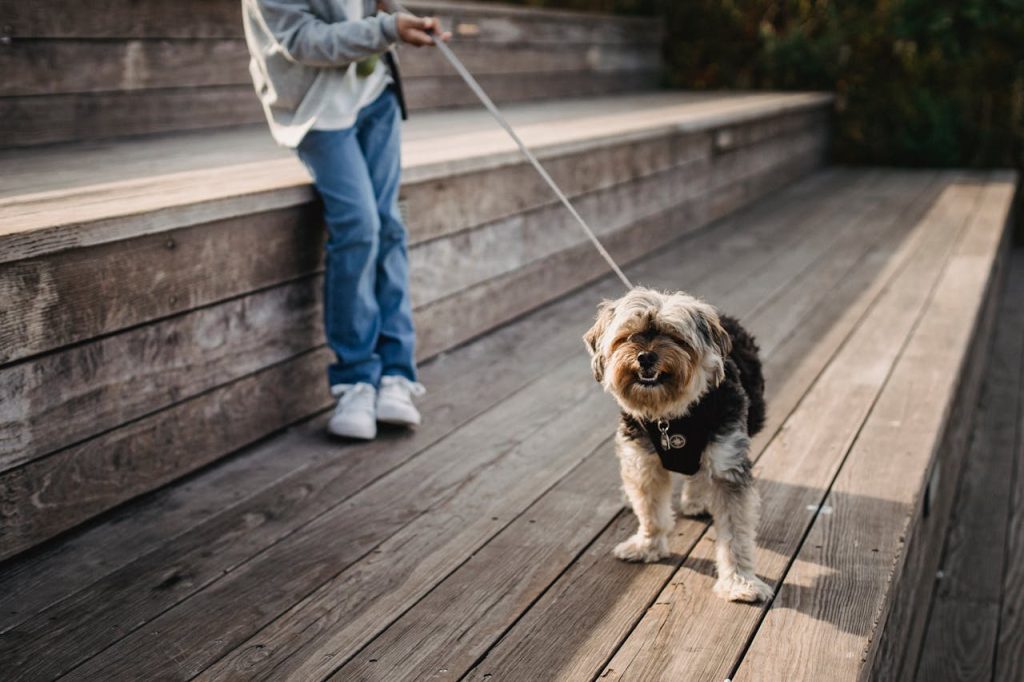
Start by using clicker training to reinforce positive behavior. Each time your dog responds correctly to a directional change or pace shift, click and reward them with a treat.
This immediate feedback helps them understand what you’re asking for and encourages them to repeat the behavior.
Next, practice applying and releasing leash pressure to guide your dog. When you want to change direction, gently apply pressure on the leash. As soon as your dog begins to follow, release the pressure.
This teaches your dog to pay attention to subtle cues and respond promptly.
Varying your walking pace is another powerful technique. Alternate between slow and brisk walking. When you speed up, use a clicker to mark the moment your dog matches your pace, then reward.
Conversely, when you slow down, make certain your dog does too by using leash pressure and immediate clicker reinforcement.
Frequently Asked Questions
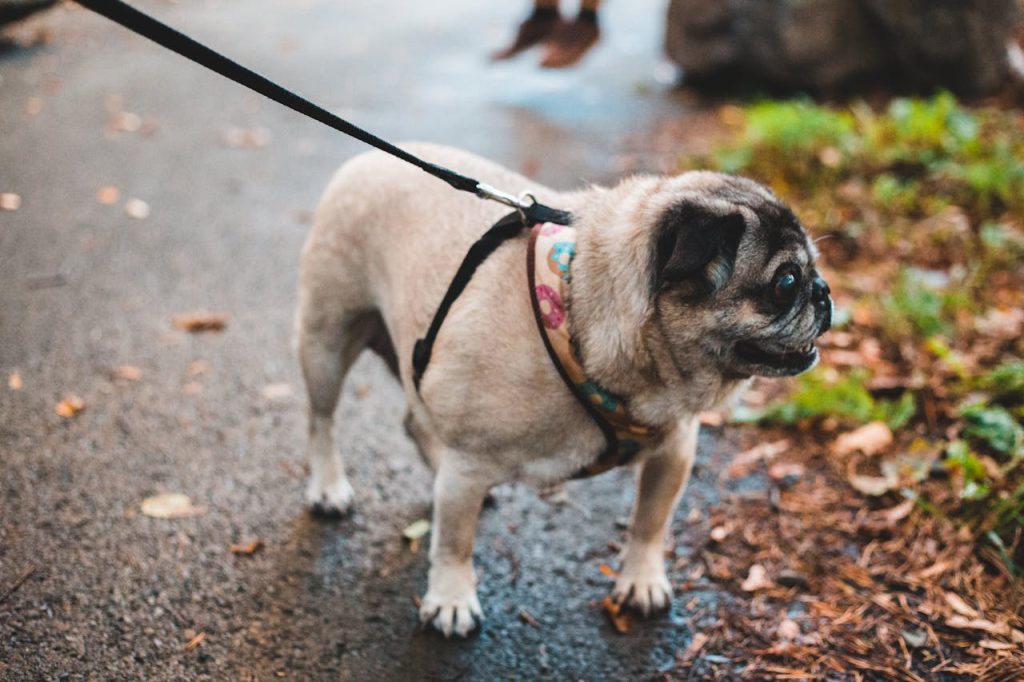
For an adult dog, keep training duration to 10-15 minutes per session. Maintain session frequency at 2-3 times daily. Short, consistent sessions guarantee effective learning and keep your dog engaged without overwhelming them.
An adult dog is typically considered to be one to seven years old. At this stage, dog development stages stabilize. You’ll notice mature adult dog behavior, including consistent energy levels and established personality traits.
To handle a dog that pulls excessively on the leash, apply gentle leash pressure to correct their direction. Use distraction techniques like treats or toys to refocus their attention. Consistency and patience will yield the best results.
Coincidentally, leash training can help with leash anxiety and improve socialization benefits. You’ll notice your dog becomes calmer and more confident. This can reduce other behavioral issues like aggression or excessive barking during walks.
For leash training an adult dog, use a front-clip harness or martingale collar. These collar types offer better control and prevent pulling. Combine them with consistent training techniques for effective, positive results.
Conclusion
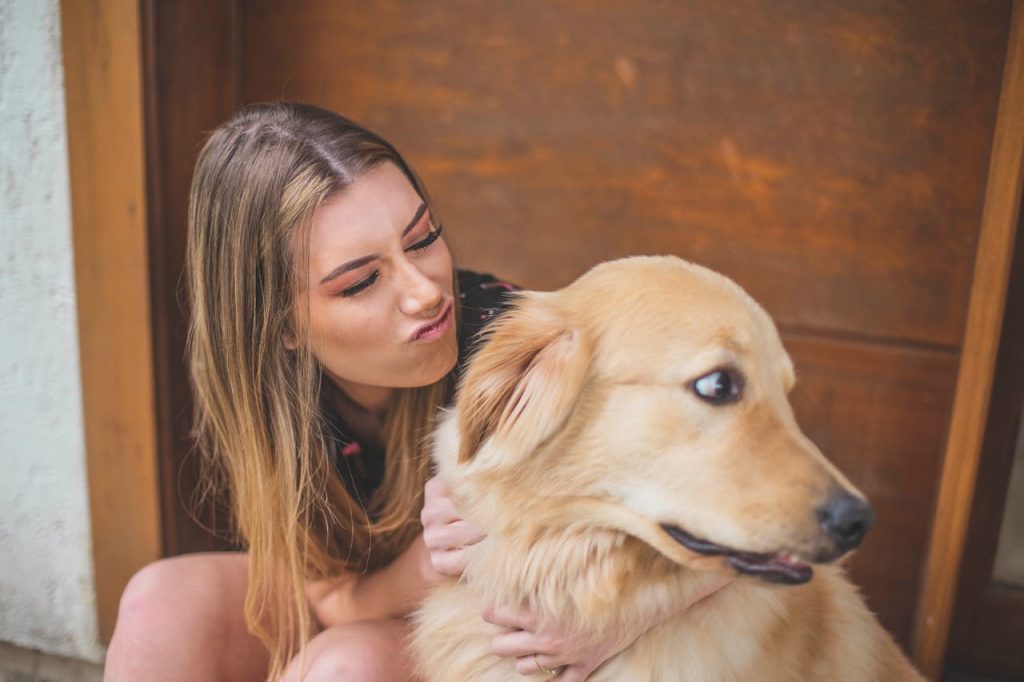
So, you thought training an adult dog to walk on a leash would be a breeze, right?
Turns out, it’s a bit like trying to teach an old dog new tricks—literally.
But with the right leash, positive reinforcement, indoor practice, a gradual introduction to the great outdoors, and handling distractions, you’ll get there.
Just remember, consistency and patience are your best friends.
Who knew training could be such an adventure in irony?
